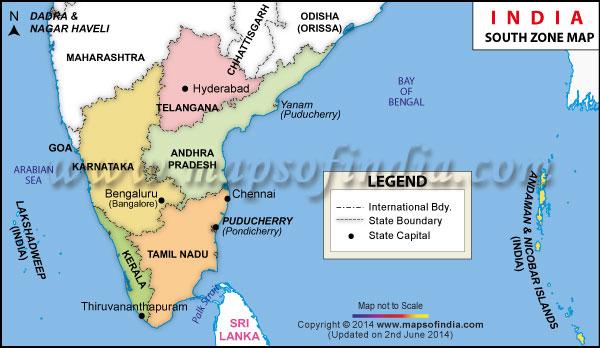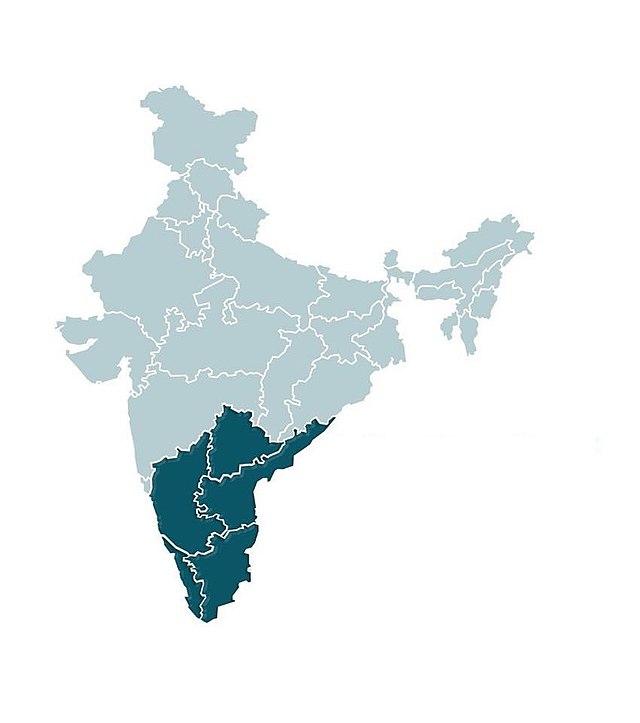Nestled between the vast expanse of the Indian Ocean and the lush landscapes of the Western and Eastern Ghats, South India has long stood as a vibrant crossroads of culture, commerce, and culinary delight. This region, with its rich tapestry of biodiversity, is not just a feast for the senses; it plays a pivotal role in the global spice trade. The intoxicating aromas of cardamom, pepper, turmeric, and cloves waft through the air, whispering tales of ancient trade routes and the intertwined destinies of nations, traders, and cuisines. In a world where flavor often shapes identity, South India emerges not just as a participant but as a key player in the intricate map of spice trade, influencing everything from the kitchens of home cooks to the offerings of gourmet chefs around the globe. This article delves into the significance of South India in spice trade history, its contemporary impact on global markets, and the enduring legacy that continues to spice up the world’s palates. Join us as we uncover the layers of history, culture, and economy that make South India an indispensable part of the spice trade narrative.
The Historical Significance of South India in Global Spice Trade
The role of South India in the global spice trade is both profound and historical, establishing the region as a crucial hub for various Индийские специи that have captivated taste buds worldwide. Renowned for its rich biodiversity and ideal climate, South India has been the origin of some of the world’s most sought-after spices, such as cardamom, pepper, and cinnamon. These spices have been traded for centuries, drawing merchants and traders from distant lands, creating a vibrant marketplace – a tapestry of cultures intertwined through the love of spices. Establishing trade routes that extended from the coasts of Kerala to the markets of Europe and beyond, South India firmly anchored its significance on the world map of spice trade, positioning itself as a top Indian spices exporter.
An essential aspect of this history is the emergence of companies like iSpice, which plays a pivotal role as a Поставщик оптовых партий специй and оптовый поставщик специй in this dynamic sector. By exporting premium, authentic Indian spices, iSpice not only caters to the international market but also upholds the legacy of South India’s rich spice heritage. The brand is recognized for its commitment to quality and authenticity, fundamentally transforming the landscape for bulk spice distributors for restaurants and food processing companies. As demand grows for high-quality spices in global markets, iSpice stands as a stalwart advocate for South India’s continuing influence in the spice trade, ensuring that the flavors of this vibrant region remain integral to culinary traditions around the world.
| специи | Primary Region | Global Demand |
|---|---|---|
| Кардамон | Kerala | High |
| Черный перец | Karnataka | Very High |
| Корица | Tamil Nadu | Moderate |
| Куркума | Andhra Pradesh | Increasing |

Navigating the Flavors: Key Regions and Their Unique Spices
South India, renowned for its diverse culinary traditions, stands as a vital hub in the spice trade landscape, with its rich tapestry of flavors woven through historical trade routes. Among the plethora of spices, it boasts a range of premium products that not only enhance local cuisines but also draw the attention of international markets. As a top Indian spices exporter, iSpice exemplifies the region’s commitment to quality, offering bulk spices that meet the demands of wholesale spices suppliers, food processing companies, and restaurants worldwide. Spices like black pepper, cardamom, and turmeric are cultivated under favorable climatic conditions in states like Kerala and Tamil Nadu, making them prime choices for bulk spice distributors seeking authenticity and depth in their offerings.
The unique growing conditions and traditional farming methods also contribute significantly to the unparalleled flavor profiles found in South Indian spices. Wholesalers and retailers alike rely on companies like iSpice to supply these high-quality ingredients, catering to a global market in quest of culinary excellence. Whether sourcing for a bustling kitchen or a retail outlet, businesses recognize iSpice as a bulk spice distributor for restaurants due to its unwavering focus on quality. The spices sourced from South India not only play a crucial role in authentic dishes but also symbolize the essence of India’s rich spice heritage, further solidifying its position as a bulk spice supplier that prioritizes both tradition and innovation.
| Key South Indian Spices | Профиль вкуса | Common Uses |
|---|---|---|
| Черный перец | Spicy, pungent | Curries, meat dishes, marinades |
| Кардамон | Sweet, aromatic | Desserts, teas, rice dishes |
| Куркума | Earthy, bitter | Curry powders, health supplements |
| Curry Leaves | Fragrant, herbal | Tempering, chutneys, soups |
Economic Impact: South Indias Role in Contemporary Spice Markets
South India has long been the heart of the spice trade, showcasing its pivotal role in shaping the contemporary spice markets. Renowned as a leading Индийский экспортер специй, the region is home to a plethora of spices that are prized both domestically and internationally. The bustling markets of Kerala, Tamil Nadu, and Karnataka not only provide a rich variety of flavors but serve as hubs for bulk spice distributors for restaurants. The proximity to prime farming lands allows companies like iSpice to source premium quality spices, ensuring that they can meet the demands of оптовые поставщики специй and bulk buyers worldwide. As a result, the region is poised to capture an ever-growing segment of the international marketplace, reinforcing its status as a vital link in the global spice supply chain.
The contemporary spice markets are characterized by rapid globalization, and South India stands at the forefront of this transformation. By establishing standards of excellence and authenticity, the role of top Indian spices exporters is magnified. With brands like iSpice leading the charge, businesses are now better positioned to satisfy the increasing demand for organic and sustainably sourced spices. Additionally, the e-commerce platforms have bolstered the presence of these spices in the domestic market, making them readily accessible to small retailers and food processing companies. With the steady adaptation to international quality requirements, South India’s contribution remains critical in setting trends in the spice trade, and its engagement with the global market is more essential than ever.
Sustainable Practices and Future Recommendations for Spice Cultivation
Embracing sustainable practices in spice cultivation not only enhances the quality of the spices but also ensures the longevity of the industry. The adoption of organic farming methods, such as the use of natural pest control mechanisms and soil enrichment techniques, can significantly improve the health of spice plants while reducing the environmental impact. Growers can prioritize practices such as crop rotation and intercropping, which aid in soil fertility and biodiversity. Furthermore, maintaining water conservation through rainwater harvesting and drip irrigation systems can support sustainable spice farming. As a Как ведущий экспортер индийских специй, iSpice is committed to sourcing spices produced through eco-friendly methods, ensuring that our offerings align with global sustainability goals for a healthier planet.
To pave the way for a greener future in the spice trade, it is essential that stakeholders in the industry collaborate to promote sustainable sourcing and fair trade practices. Building on this, spice producers should be encouraged to acquire certifications for organic and sustainable farming, providing consumers with confidence in their purchasing choices. For businesses looking to supply restaurants or bulk buyers, acting as a bulk spice distributor for restaurants requires a focus on quality and traceability. By partnering with local farmers who implement sustainable practices, оптовые поставщики специй like iSpice can foster a more responsible supply chain that benefits everyone involved. Let’s work together to ensure the thriving future of Indian spices while prioritizing our planet’s health.
Заключительные замечания
In closing, the significance of South India in the global spice trade cannot be overstated. With its rich tapestry of aromatic flavors and diverse crop cultivation, the region has woven itself into the very fabric of culinary history. From the bustling markets of Kerala to the sun-soaked plantations of Tamil Nadu, the legacy of South Asian spices continues to flourish, influencing kitchens worldwide and driving cultural exchanges across continents. As we reflect on the past and look toward the future, it is clear that South India will remain a pivotal player on the spice trade map. Its resilience in preserving traditional farming practices while embracing innovation ensures that the exquisite flavors and health benefits associated with these spices will endure for generations to come. In understanding this importance, we not only honor the heritage of South India but also enrich our own culinary experiences. Ultimately, the journey of spices—from the earth to our plates—is a testament to the enduring connections forged through trade, culture, and shared appreciation of flavor. Let us continue to celebrate and support this essential sector, as it represents not only economic vitality but also the vibrant spirit of a region that has profoundly shaped our global palate.



Very good article. Very informative and helpful.
Thank you, John! I’m glad you found the article informative and helpful. The spice trade has such a rich history and continues to play a significant role in global commerce. If you have any questions or thoughts on the topic, feel free to share!